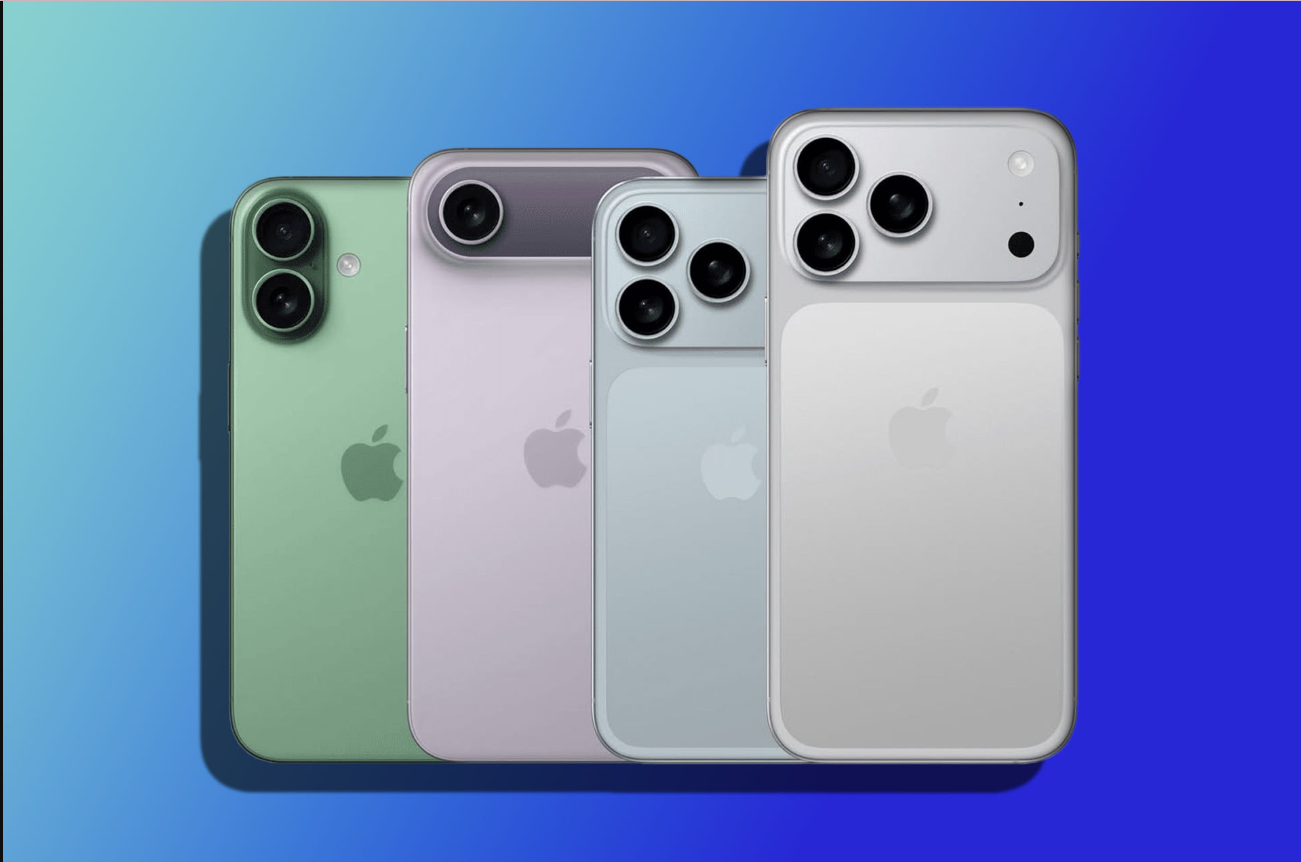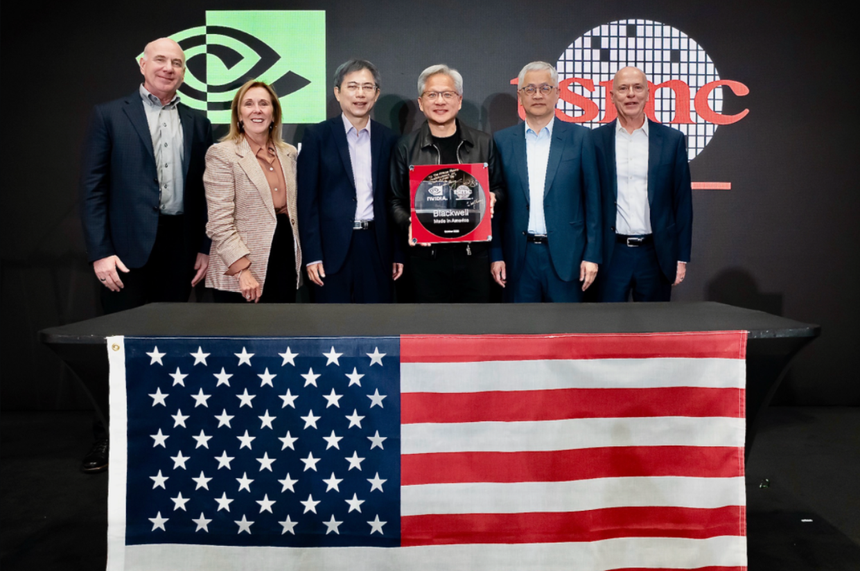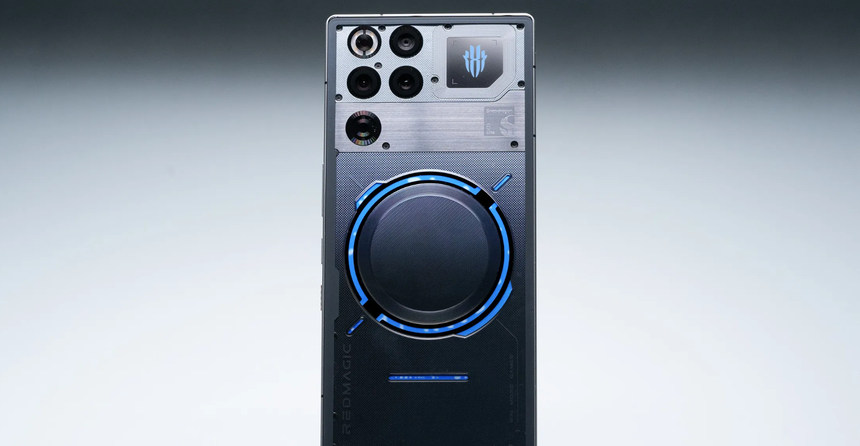Apple’s iPhone 17 series is shaping up to be one of the company’s most talked-about launches in years, not only because of its new features but also due to an expected jump in prices. According to reports from industry analysts, this year’s models could cost more than the iPhone 16 series, with some variants potentially seeing price hikes of up to 100 US dollars.
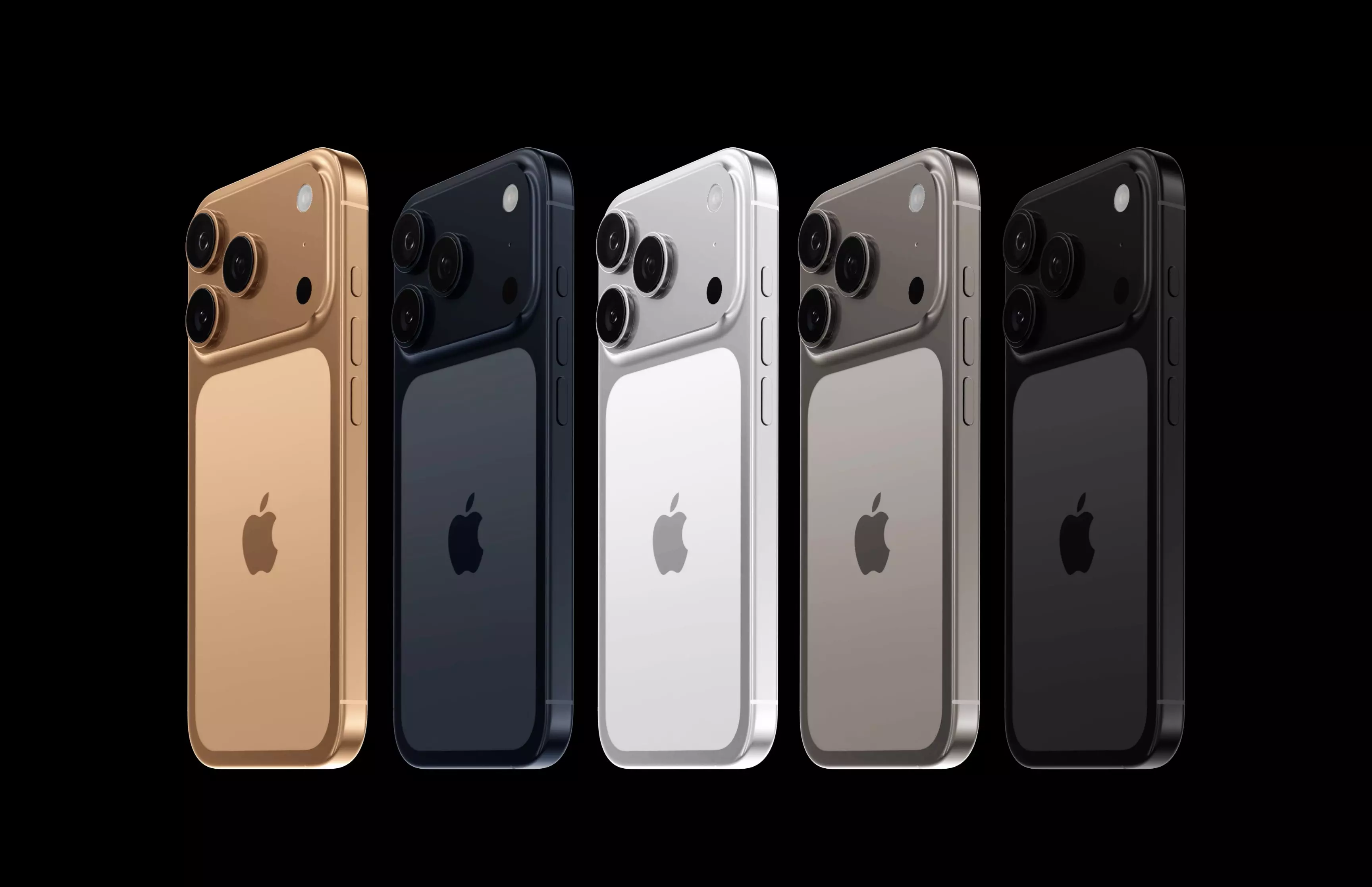
The new lineup is likely to include four models iPhone 17, iPhone 17 Air, iPhone 17 Pro, and iPhone 17 Pro Max. A major change this year will be the introduction of the iPhone 17 Air, which is set to replace the Plus model. The Air version is expected to be Apple’s thinnest iPhone yet, measuring just 5.5 millimeters in thickness, even slimmer than the Samsung Galaxy S25 Edge at 5.8 millimeters. Despite its slim profile, the device could pack a 6.6-inch ProMotion display with up to 120Hz refresh rate for smoother visuals.
Analysts say Apple’s decision to raise prices is influenced by multiple factors, including international trade tariffs. According to GF Securities analyst Jeff Pu, tariffs imposed by the United States on goods from China have added cost pressures, prompting Apple to accelerate its efforts to shift production to other countries. This geopolitical backdrop could make the iPhone 17 series more expensive than the 2024 lineup.
Earlier predictions suggested that the iPhone 17 and iPhone 17 Pro might see a price increase of around 50 US dollars, while the iPhone 17 Pro Max could be priced up to 100 US dollars higher than its predecessor. Considering the iPhone 16 started at 799 US dollars in the US and Rs 79,900 in India, this jump could push the entry price of the new series even higher, making it one of Apple’s most premium lineups yet.
Performance upgrades are also expected. Reports indicate that the iPhone 17 and iPhone 17 Air could run on the A19 Pro chip, while the Pro and Pro Max versions might feature a more advanced version of the same processor. Camera specifications suggest that the iPhone 17 Air will come with a single 48-megapixel Fusion rear camera, similar in capability to the primary sensor on the iPhone 16, alongside a 24-megapixel front camera for improved selfies and video calls.
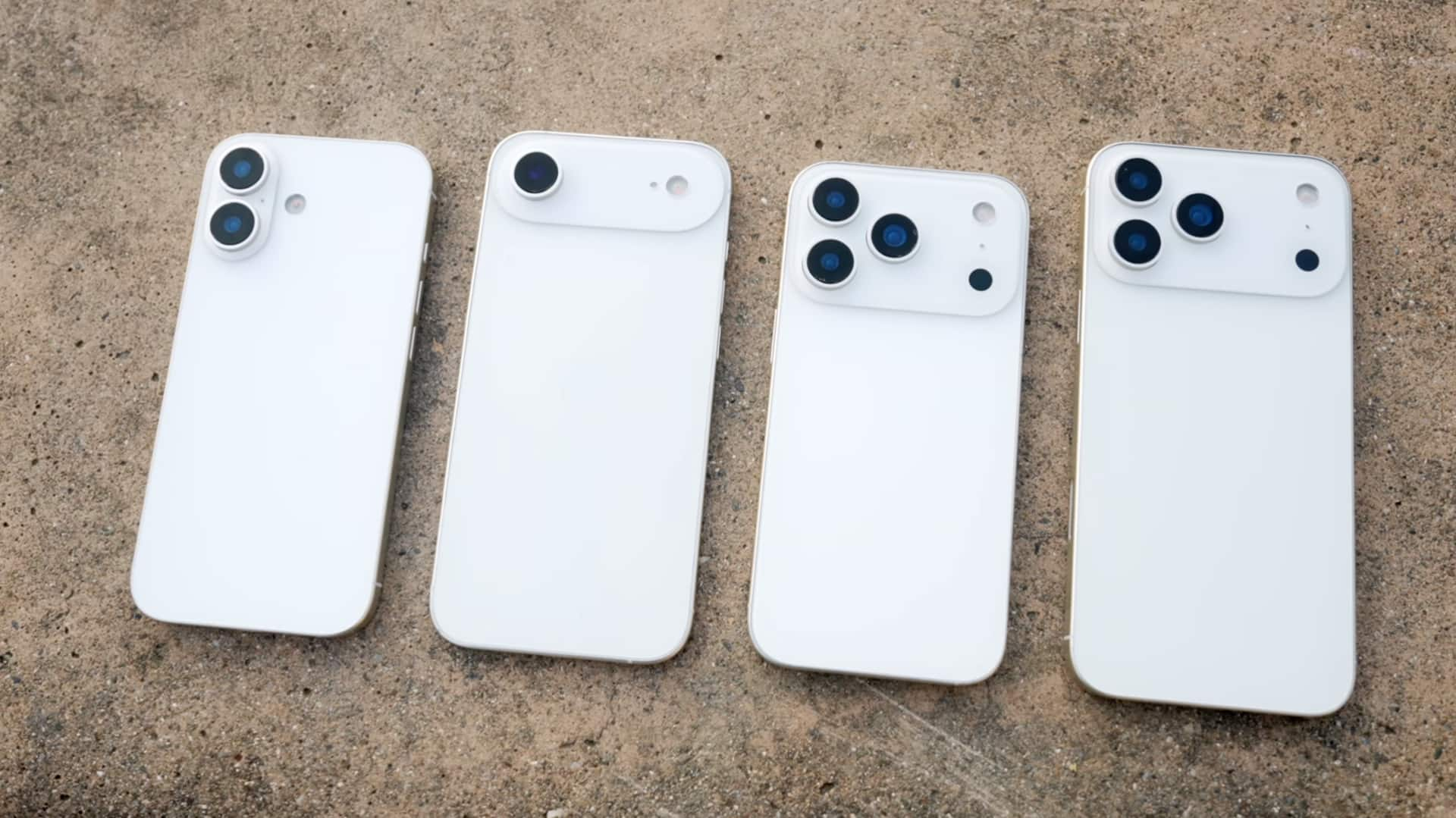
While Apple has yet to officially confirm the launch, September is the most likely debut month, following the company’s usual release cycle. Alongside the technical advancements, the new design direction with the Air model could signal a shift in how Apple approaches product differentiation focusing not just on power and features, but also on form factor and style.
As the anticipation builds, consumers will be weighing whether the rumored price increase is justified by the innovations Apple plans to introduce. If the slim design, upgraded display, and enhanced performance deliver on expectations, the iPhone 17 series could set a new benchmark for premium smartphones in 2025.
For more updates on the iPhone 17 series and the latest in technology, follow Tech Moves on Instagram and Facebook.


